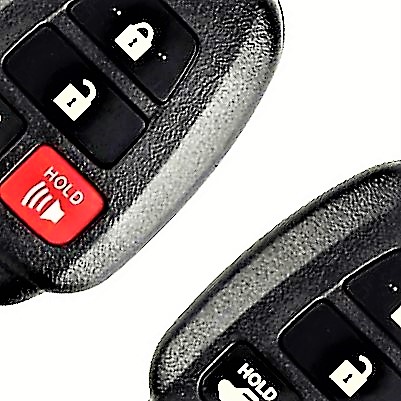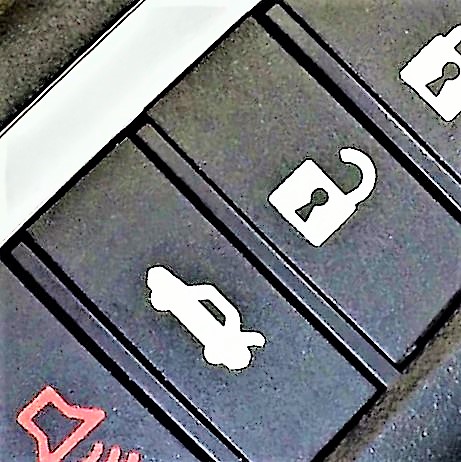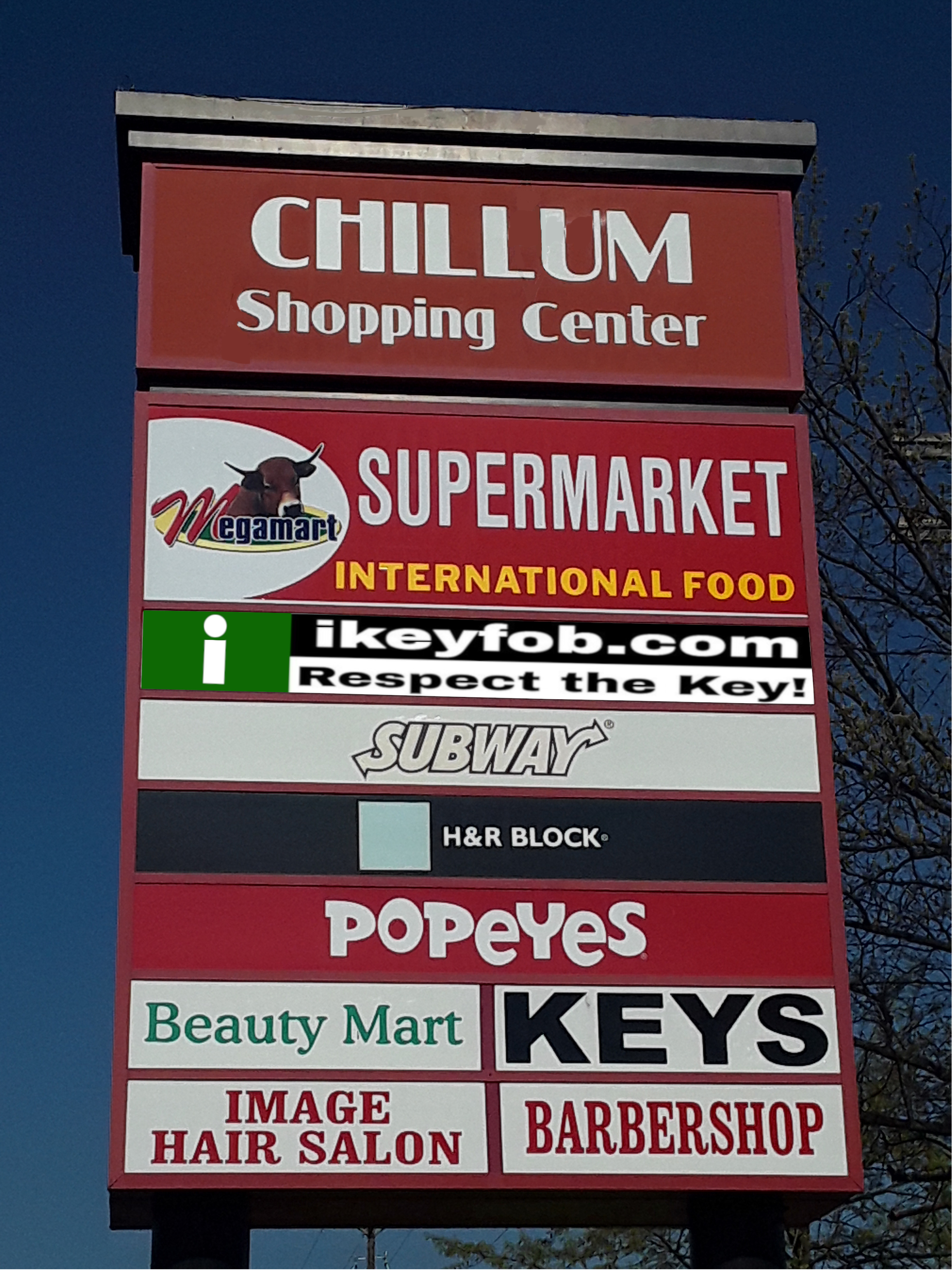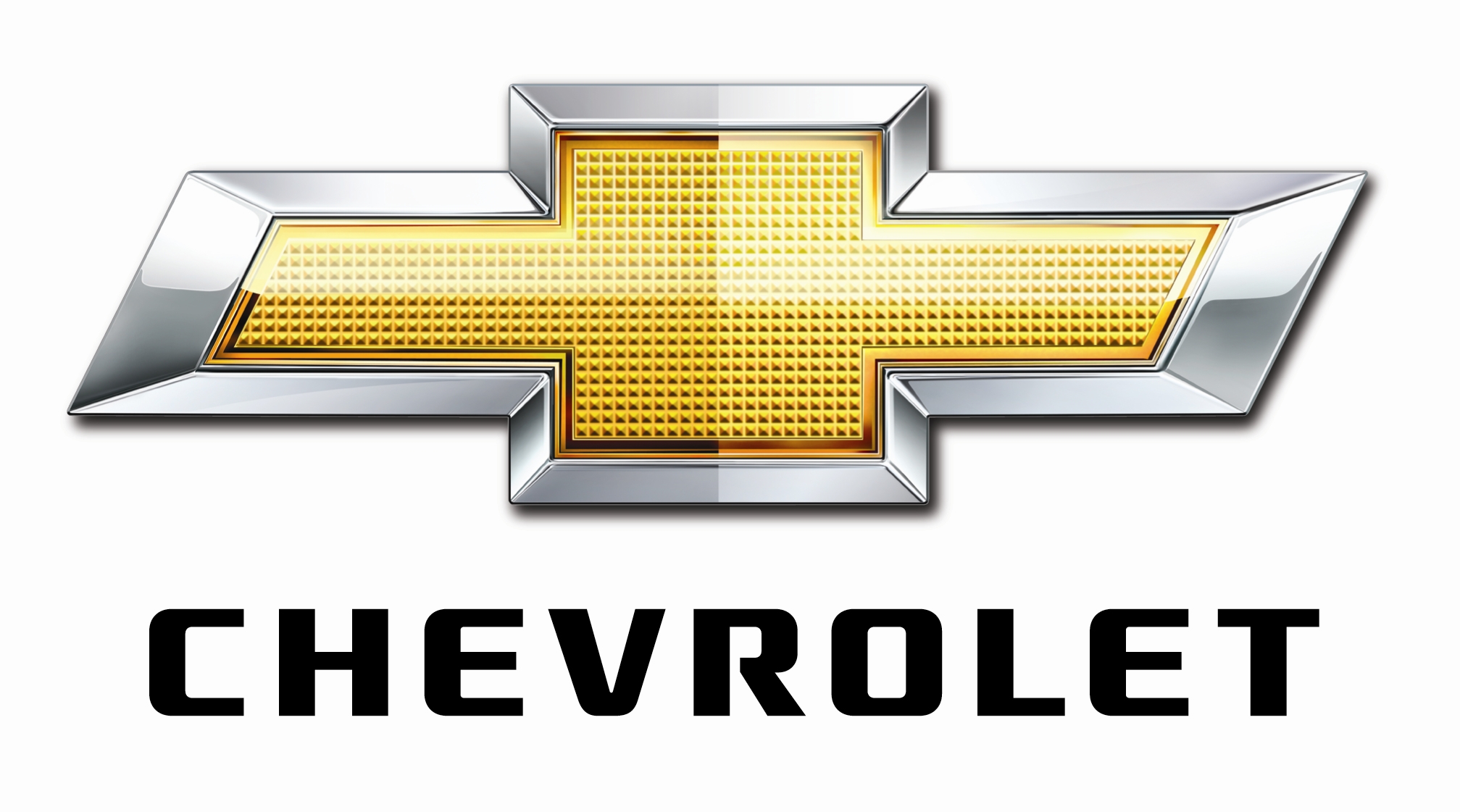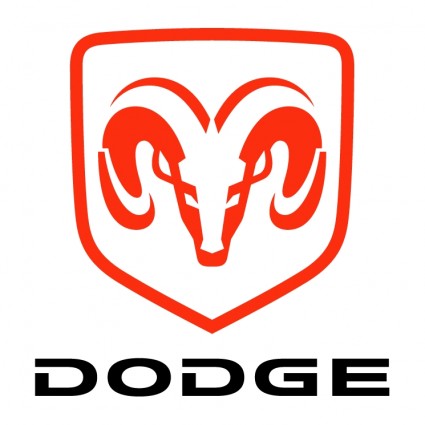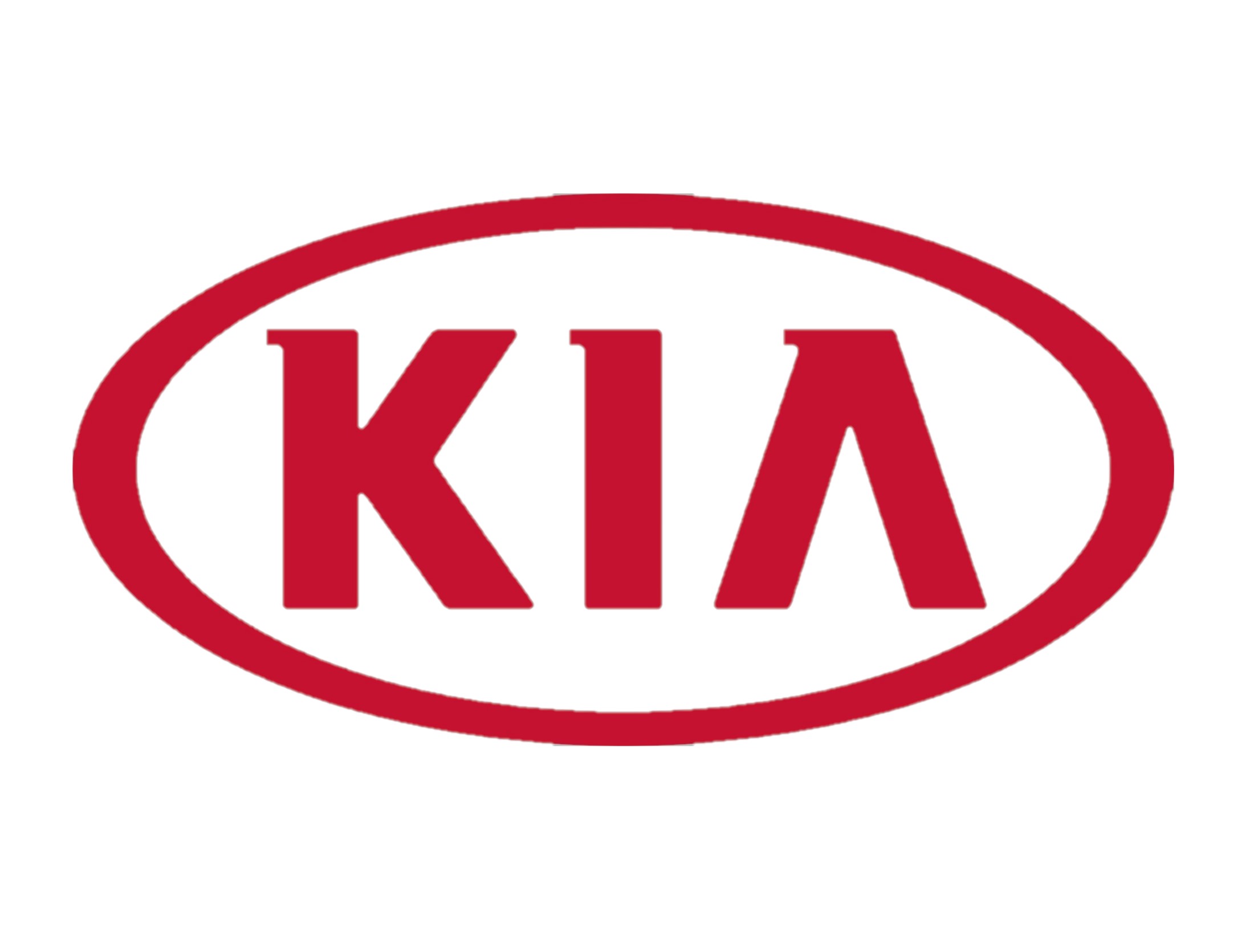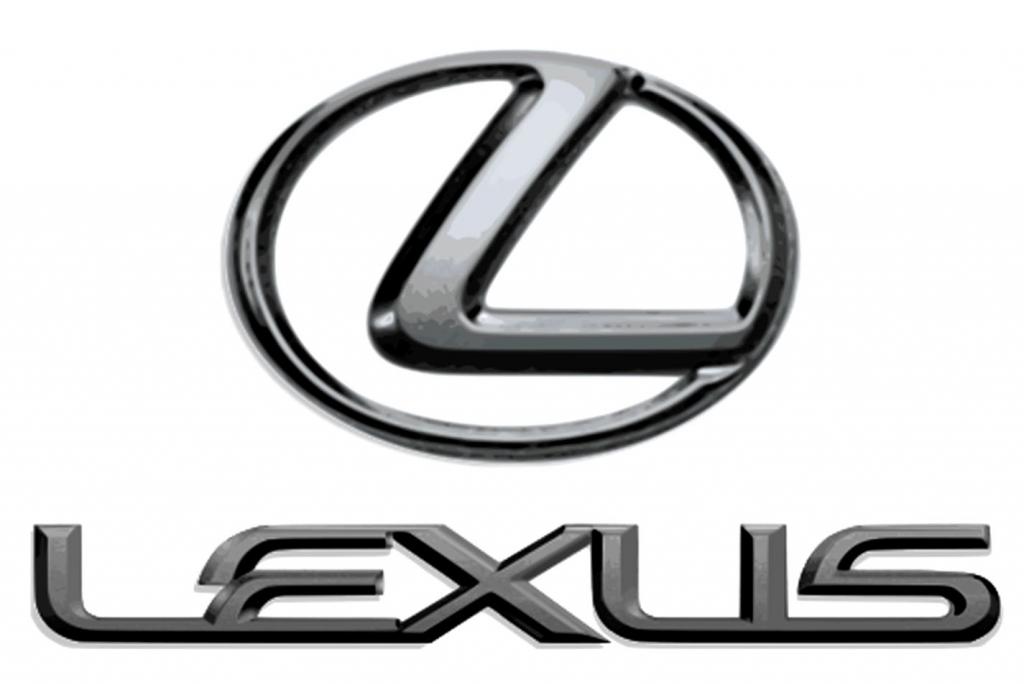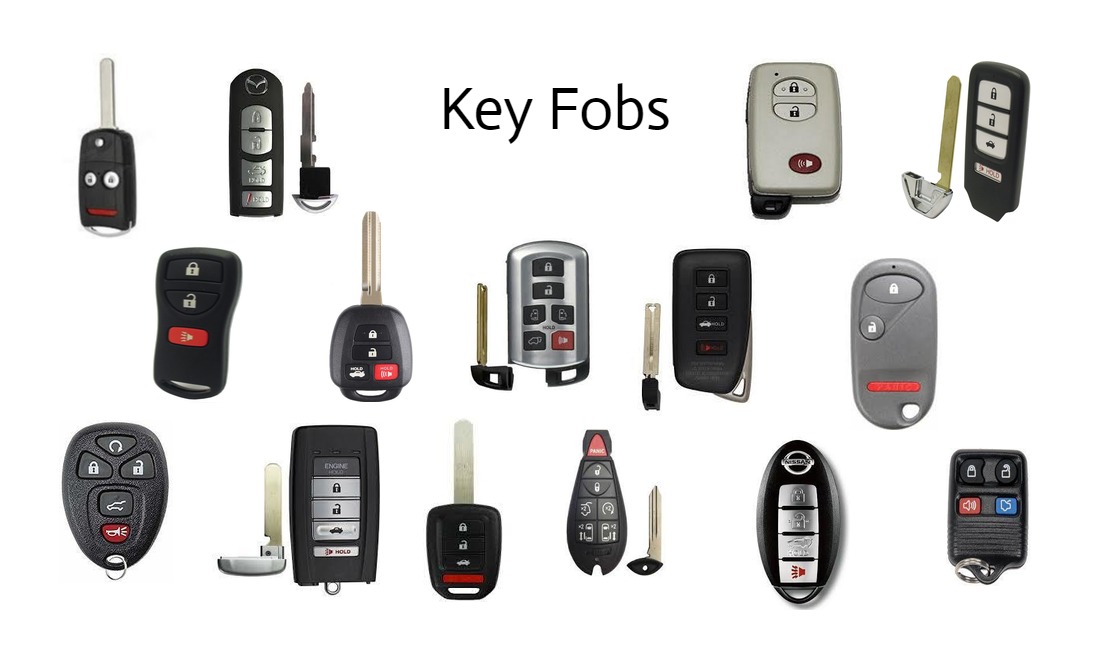
What is a Key Fob?
|
Key fob is an electronic device that allows a vehicle to be unlocked or locked from a distance without using a metal key. This system is known as Remote Key-less Entry or RKE. When the lock or unlock button is pressed, a signal is sent by the fob and received by the auto. Older automobiles use infrared. Newer ones use a radio signal. If it is recognized, the door will lock or unlock. There are 5 main reasons the car might not recognized the key fob: 1.) The automobile in question is not equipped to recognize a key fob. 2) It has not been programmed or added into the cars's memory. 3.) The fob has stopped working, i.e. not sending a signal. 4.) It is out of range. 5.) The car’s battery is dead. Many fobs can open the trunk, raise and lower the windows, open and close the sunroof, even start the vehicle. In the case of mini vans and SUVs, sliding doors and lift gates can be opened and closed remotely. It is small enough to fit in the palm of one’s hand. The vast majority have a so-called panic button, when pressed will cause the automobile’s horn to blare and the lights to flash. Although fobs eliminate the need for metal keys to unlock and lock vehicles, with the exception of remotes, they still have metal keys. In some instances the presence of the key may not be obvious. It is inside the key fob. This is the emergency key. Through a sliding action typically, the emergency key can be removed. If the fob stops working, usually the result of a weak or dead key fob battery, the emergency key can be used to manually unlock and lock the car. Examples of this type of fob are intelligent key, smart key, proxy key and proximity key. |
Types of key fobs:
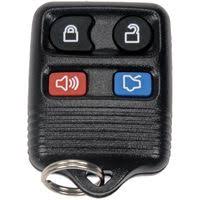
Remote is an electronic device housed in a hard plastic shell that permits keyless entry of one’s car, truck or SUV within a certain range. A small battery powers it. As is the case with all key fobs, to be recognized by the vehicle, the remote has to be programmed or added to the memory of the car, truck or SUV. The remote is usually associated with older vehicles. Many remotes can be programmed using On Board Programming. The thing that distinguishes the remote from other key fobs is the key needed to start the car is complexly separate. Many remotes send an infrared signal when the buttons are pressed. In almost all cases once inside the truck or car, a key is needed to start the vehicle. Depending on the make, model, and year the key may or may not have a transponder. If it does, just like the remote, the key has to be programmed. If the transponder key is not programmed, the car will not recognize it. If the car does not recognize the key, it will not start.
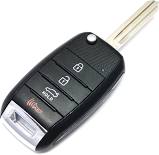
Remote/key combo non-transponder is a key with a large plastic head. Inside the plastic head is the remote. In addition to unlocking and locking the car, truck or SUV, many remote/key combos can open the trunk, raise and lower the windows, open and close the sunroof, within range and the corresponding button is pressed. In the case of mini vans and SUVs, sliding doors and lift gates can be opened and closed. A small battery powers it. To be recognized, the remote part of it has to be programmed or added to the memory of the car, truck or SUV. Some can be programmed using On Board Programming. Others require the use of diagnostic equipment connected to the vehicle’s OBD2 port. Once inside the truck or car, the metal key at the bottom is needed to start the vehicle. Since this remote/key combo does not contain a transponder, no additional programming in required.

Remote/key combo with transponder is a key with a large plastic head. Inside the plastic head are the remote, battery and a transponder. The battery is used to power the remote. Most transponders do not need batteries. The transponder is energized when the key is inserted into the ignition. In addition to unlocking and locking the car, truck or SUV, many remote/ key combos can open the trunk, raise and lower the windows, open and close the sunroof, when within range and the correct button is pressed. In the case of mini vans and SUVs, sliding doors and lift gates can be opened and closed also. To be recognized, the remote has to be programmed or added to the memory of the car, truck or SUV. The transponder has to be programmed also. If the transponder is not programmed, the vehicle will not recognize the key. Consequently the vehicle will not start.
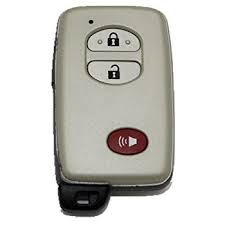
Intelligent key, smart key, proxy key and proximity key all work in much the same manner. They function just like any other key fob. Depending on how the car is equipped, they can unlock and lock, open the trunk, raise and lower the windows, open and close the sunroof and start the vehicle remotely when the correct button is pressed. Intelligent key, smart key, proxy key and proximity key can do something other key fobs can’t, they work even if left in the pocket or purse. To lock or unlock the door or open the trunk, the driver need only touch a sensor. With the Intelligent key, smart key, proxy key or proximity key in the driver’s pocket or purse, she need only wave her foot under the sensor of a properly equipped van or SUV to get the sliding door and tailgate to open or close. This comes in very handy if her hands are full. Once inside, depending on how the vehicle is equipped, she can push START Ignition Button or TWIST ignition to start the car, truck, van, or SUV. Intelligent key, smart key, proxy key and proximity key can only be programmed with diagnostic equipment connected to the vehicle OBD2 port. They each contain an emergency key. Through a sliding action, the emergency key can be removed. If the key fob stops working, the key can be used to manually unlock and lock the car.
ikeyfob.com Respect the key!


